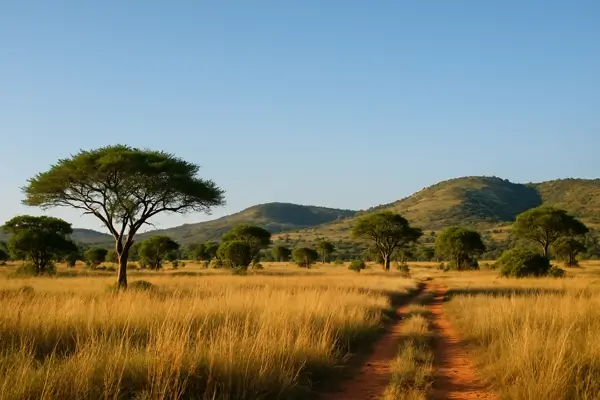
Two Congos
There are two countries named Congo in Central Africa: the Republic of the Congo (also known as Congo-Brazzaville) and the Democratic Republic of the Congo (often referred to as Congo-Kinshasa). The two countries are separated by the Congo River, which is the second-longest river in Africa.
Rich in Natural Resources
The Republic of the Congo is abundant in natural resources, including oil, timber, and minerals. It is one of the largest oil producers in Africa, with oil accounting for a significant portion of the country’s exports.
The Congo River
The Congo River, one of the world’s largest and most powerful rivers, runs through the Democratic Republic of the Congo. The river is vital for transportation, agriculture, and industry in the region, and it’s home to an array of unique aquatic life.
Home to Vast Rainforests
Both the Republic of the Congo and the Democratic Republic of the Congo are home to parts of the Congo Basin, the world’s second-largest tropical rainforest. This rainforest is a major global carbon sink and is home to unique wildlife, including gorillas, chimpanzees, and forest elephants.
Capital Cities
The capital of the Republic of the Congo is Brazzaville, while the capital of the Democratic Republic of the Congo is Kinshasa. The two cities are located on opposite banks of the Congo River and are separated by only a few kilometers, making them the world’s two closest capital cities.
The Pygmy People
The Congo region is home to various Pygmy tribes, who are some of the most ancient and unique ethnic groups in Central Africa. The Pygmies are traditionally known for their hunter-gatherer lifestyle, living in the forests of the Congo Basin for thousands of years.
A Diverse Culture
Both Congos have rich and diverse cultures, with many different ethnic groups and languages. In the Republic of the Congo, the largest ethnic groups include the Kongo, Teke, and Mbochi. The Democratic Republic of the Congo is home to over 200 ethnic groups, including the Luba, Mongo, and Kikongo.
Political History
The Republic of the Congo gained independence from France in 1960, while the Democratic Republic of the Congo gained independence from Belgium in 1960 as well. Both countries have faced periods of political instability, but the Republic of the Congo has generally been more stable compared to its neighbor to the east.
Congo’s Wildlife
The Republic of the Congo is home to Odzala-Kokoua National Park, one of the last strongholds for the Western lowland gorilla. The country is also known for its unique wildlife, including mandrills, forest buffaloes, and a wide variety of bird species.
Music and Dance
Congolese music is famous worldwide, especially soukous, a popular genre that originated in the Congo. The country has produced internationally renowned musicians like Franco Luambo and Koffi Olomidé. Traditional dance is also an important aspect of Congo's cultural expression.
